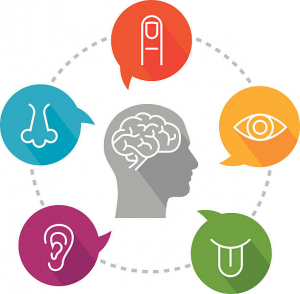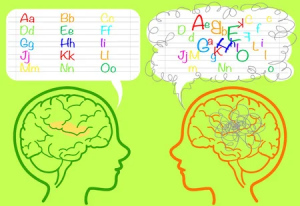
[iStock]
As tutors, there are times when we don’t know how to help our students.
You are responsible for making your lessons conducive for your students to learn effectively. But when your student has special educational needs like dyslexia, it can be challenging.
In this article, you will understand how you can help your students with dyslexia.
What is Dyslexia?

[iStock]
Before jumping into what we can do to support students with dyslexia, we first need to understand it.
Dyslexia is a learning disorder that makes it difficult for people to read, write and/or spell. It affects a child’s ability to recognise and manipulate the sounds in language. The severity of this condition varies from person to person.
Your student might face difficulties in recognising new words and may have a hard time decoding them.
They might also have Dyscalculia – dyslexia in Maths. This means that they struggle with maths because they have problems following directions, remembering steps, and recognising the meanings of symbols.
How Can You Help Them?

[iStock]
Now that we understand your students’ condition, we can find different techniques and strategies to help them!
Here are some ways that you can support your students and help them learn more effectively:
Talk to them

[Pinterest]
Dyslexia comes in different forms, be it the type of dyslexia or its severity. So it is crucial to talk to your students to understand their circumstances.
By talking to them, you also get a good grasp of their specific needs, which helps you create a personalised learning plan for them. Ask them if they have any successful learning methods, too, which you could apply to your future students!
Give them more time

[Unsplash]
You might notice that your student often takes a little longer to complete tasks because they struggle with the words and symbols. So give them more time to get the job done!
This also means that your student’s ability would not be restricted by time constraints, allowing them to showcase their full potential.
Since your student needs more time on tasks, consider extending your session hours. But if you do, speak to your student’s parents and let them know that longer tutoring hours are needed and why.
Include multisensory activities

[iStock]
Your student’s reading ability might be impeded but definitely not their senses. Multisensory learning engages senses like sight, touch, and sound, which is a great way to engage them during lessons too!
Studies also show that adults and children with dyslexia better understand visual information, so give them scrabble tiles, flashcards, and animation videos!
Make use of technology

[iStock]
In this day and age, technology is advanced and is all around us. So make use of them!
Here’s what you can do:
1. Use the text-to-speech function
2. Record your lessons
3. Download apps like line readers or spell checkers
4. Use Scanning software and hand reading pens
Using assistive technology makes your lessons more effective, and your student has a fruitful session.
Encourage them

[iStock]
Students with dyslexia often suffer from low self-esteem due to difficulties they encounter while in school, for example, bullying.
As such, it is vital to encourage them and celebrate their successes. Not only do you raise their self-esteem levels, but it also shows them that with hard work and perseverance, they can succeed.
Conclusion

[123RF]
It can be tough trying to teach a student with dyslexia because, without adequate knowledge, you cannot provide your student with sufficient aid.
We hope that this article helps you to understand your students’ circumstances and know how to support them.
For more information on special needs, check out our other articles:
Benefits of Teaching Students with Special Needs
6 Ways to Communicate to Your Students with Special Needs
Special Education Schools: Complete Guide to SPED Schools in Singapore
